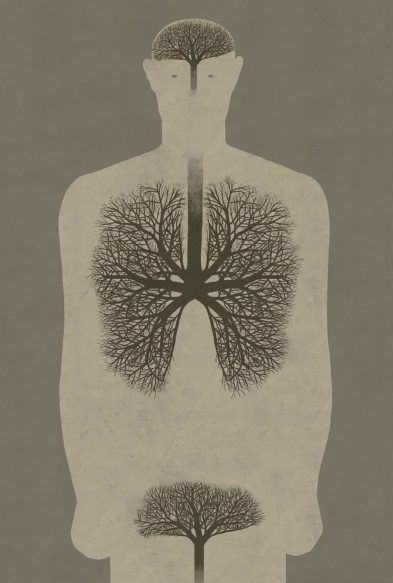Mindfulness Meditation #4 Circular Breathing
Physical and mental health is important to the team behind Jervis Bay Weekend. Welcome to our series of mindfulness meditations – simple, proven techniques we know are beneficial to wellbeing. Keep an eye out over the coming weeks as we publish more practices.
If you are already familiar with the basics – what mindfulness is and its wide-ranging benefits – feel free to scroll on down to Meditation #4 Circular Breathing.
What is mindfulness?
Mindfulness is a translation of a word that simply means awareness. It is being aware, in the moment, of what we are doing while we are doing it. It’s knowing what’s going on inside our mind and body, and what’s going on in any given situation.
Mindfulness meditation
Mindful awareness is cultivated through proven practices of seated, walking, standing, and moving meditation such as those described in this series.
Mindfulness meditation is an effective way of getting to know our minds better – the competing inner voices, the way we typically see ourselves and others, our habitual responses to situations.
Three sound reasons to meditate
1. Calm mind and body
Meditation is a proven way to calm the mind and allow the chatter and commentary of our inner voices to quieten, reducing stress particularly when our self talk is judgemental and critical.
The benefits of mindfulness meditation to our physical and mental well-being are well documented and include: reducing blood pressure; increasing resilience; managing anxiety and stress.
2. Connect better with others
Ever find yourself staring blankly at someone – even someone you love and care about – realising your mind’s wandered and you’ve lost track of what they are saying? Mindfulness helps you give them the precious gift and respect of your full attention.
3. Improve focus
Meditation hones our ability to pay focused attention to where we are and what is actually happening. When our mind keeps wandering off we can quickly lose awareness of the present moment, and easily become lost in obsessive thoughts about something that just happened or fretting about the future, which can cause anxiety.
Meditation #4 Circular Breathing

Illustration © Beppe Giacobbe
Circular breathing is a breath pattern that fosters the movement of energy in the body. Regular practice of circular breathing can improve cognitive clarity, and is shown to ease experiences of feeling emotionally stuck.
Instructions
- Be seated comfortably. Feet flat on the floor. Make sure your back is well supported without pressure on the lower back. Allow hands to be open and relaxed.
- Close your eyes.
- Breathe steadily in and out through the nose.
- Now imagine that you are drawing air in through the base of your torso.
- As you draw breath in, imagine that it flows upward through the body cavity until it reaches your mouth. As you breathe out, visualise the air flowing down outside your body to become the next in-breath through the base of your torso.
- The length of inhalation and exhalation should be about the same.
- Notice any qualities of the breath as it circles in and out – perhaps a change in temperature, strength, density …
- Notice any or thoughts or feelings that arise as you breath in this circular fashion. When your mind’s attention wanders, gently bring it back to the body, the physical practice and sensations of circular breathing.
Duration
- Aim for 5-10 minutes. Extend the duration and frequency of the practice as it becomes more familiar.
- Like any other skill, mindfulness is developed through regular and sustained practice.


